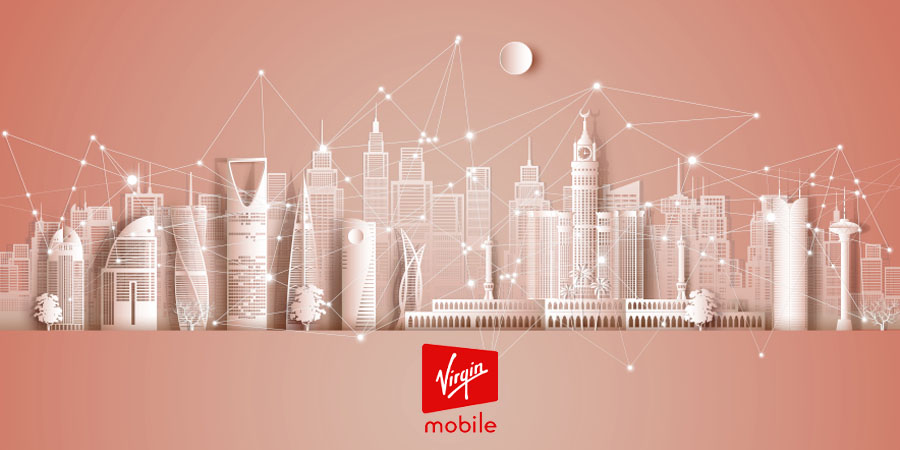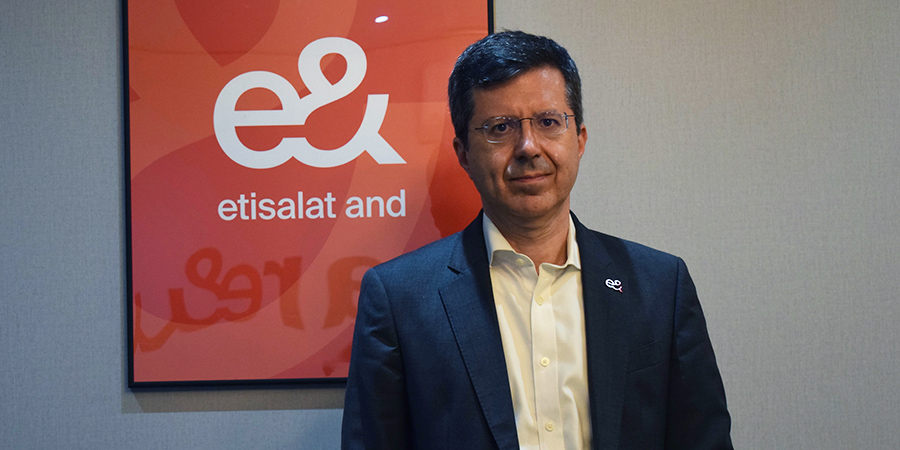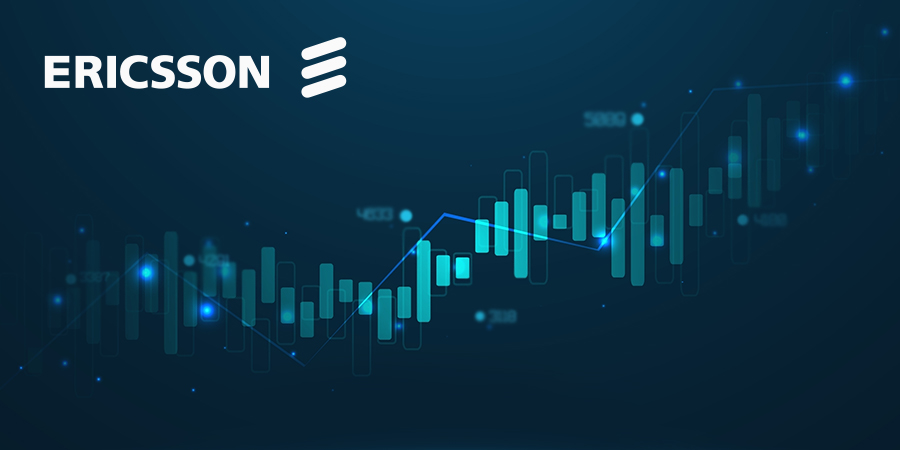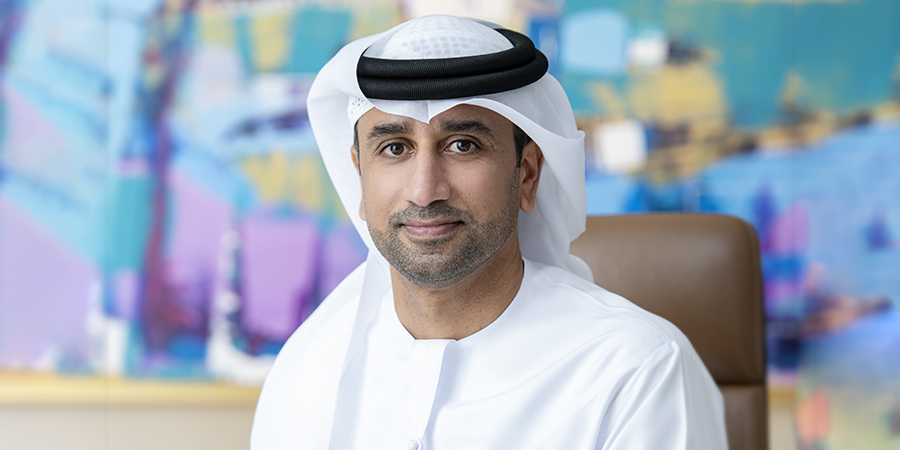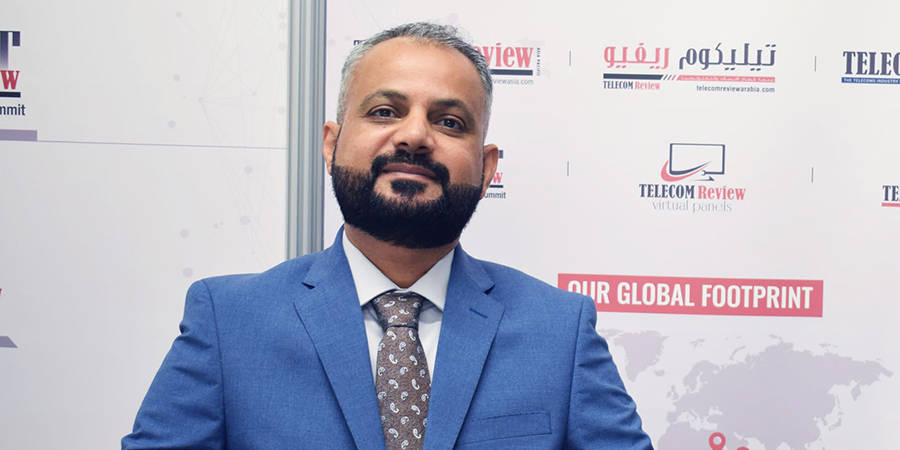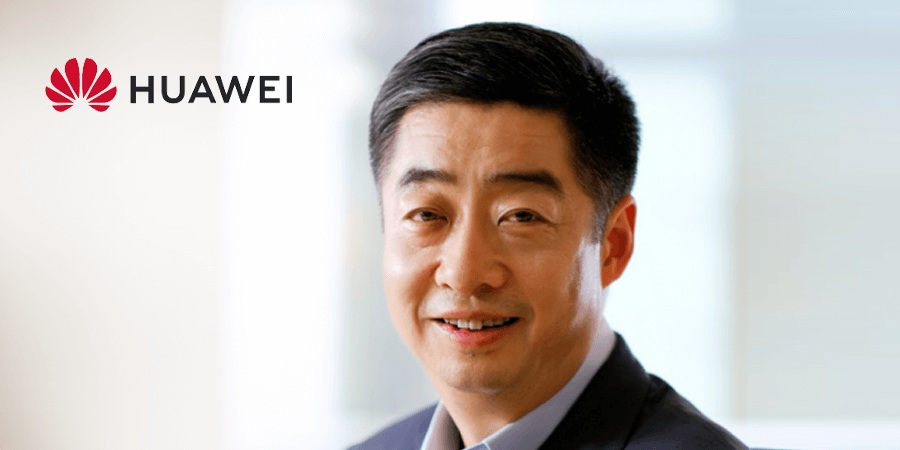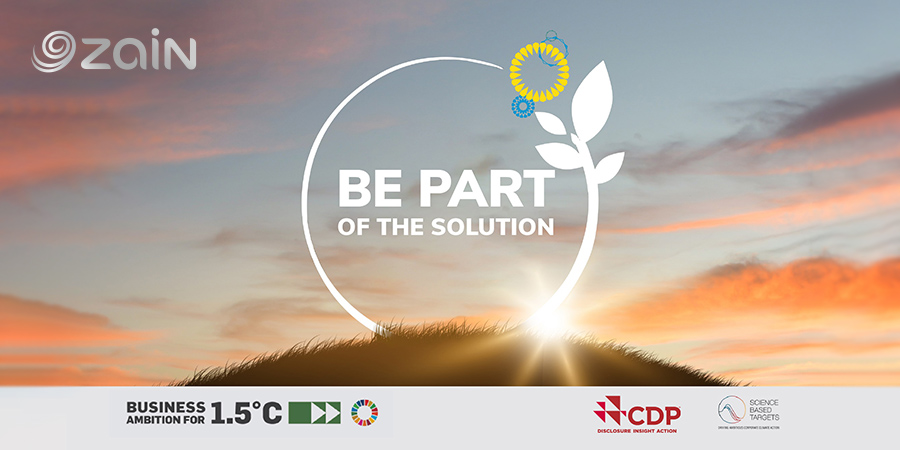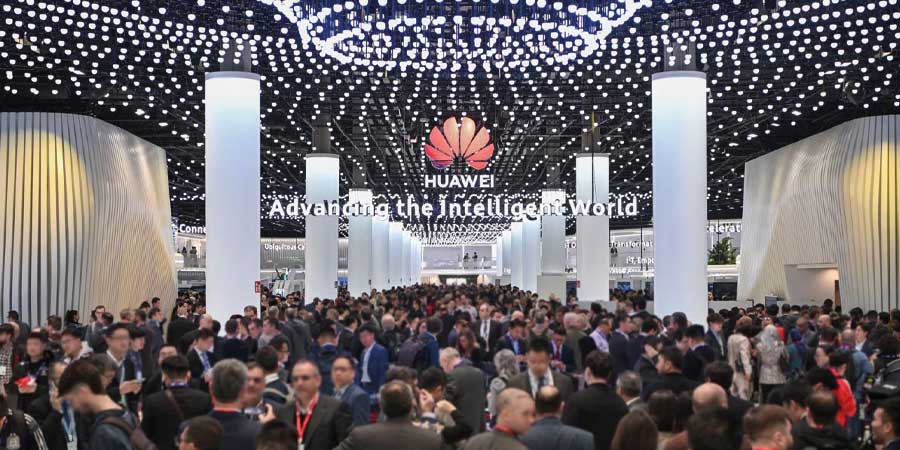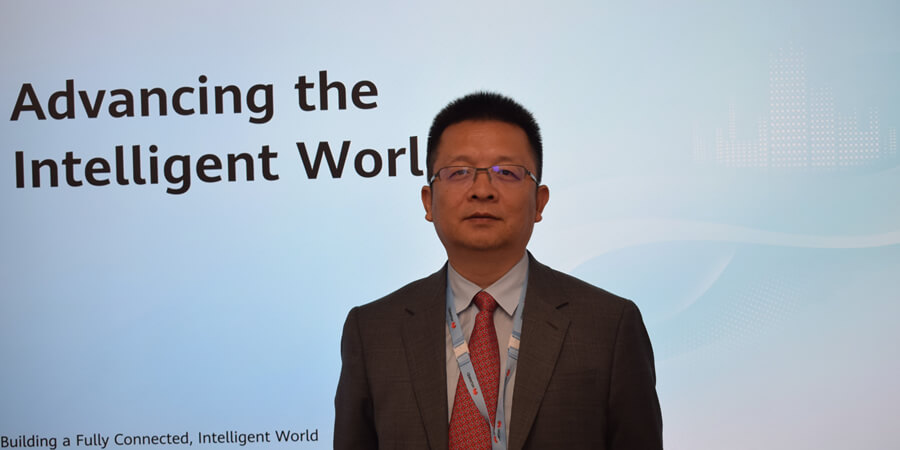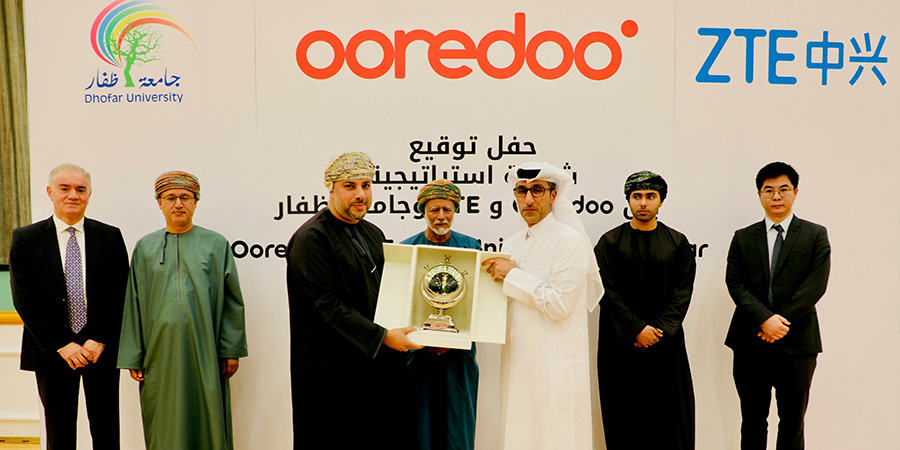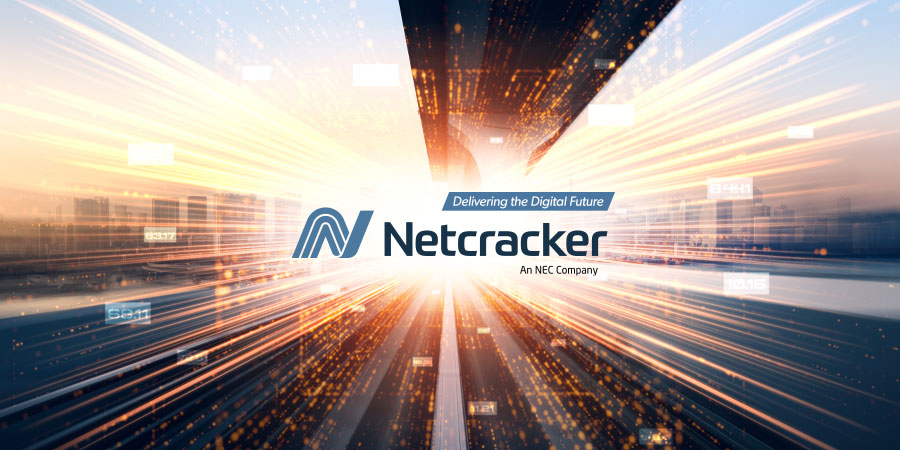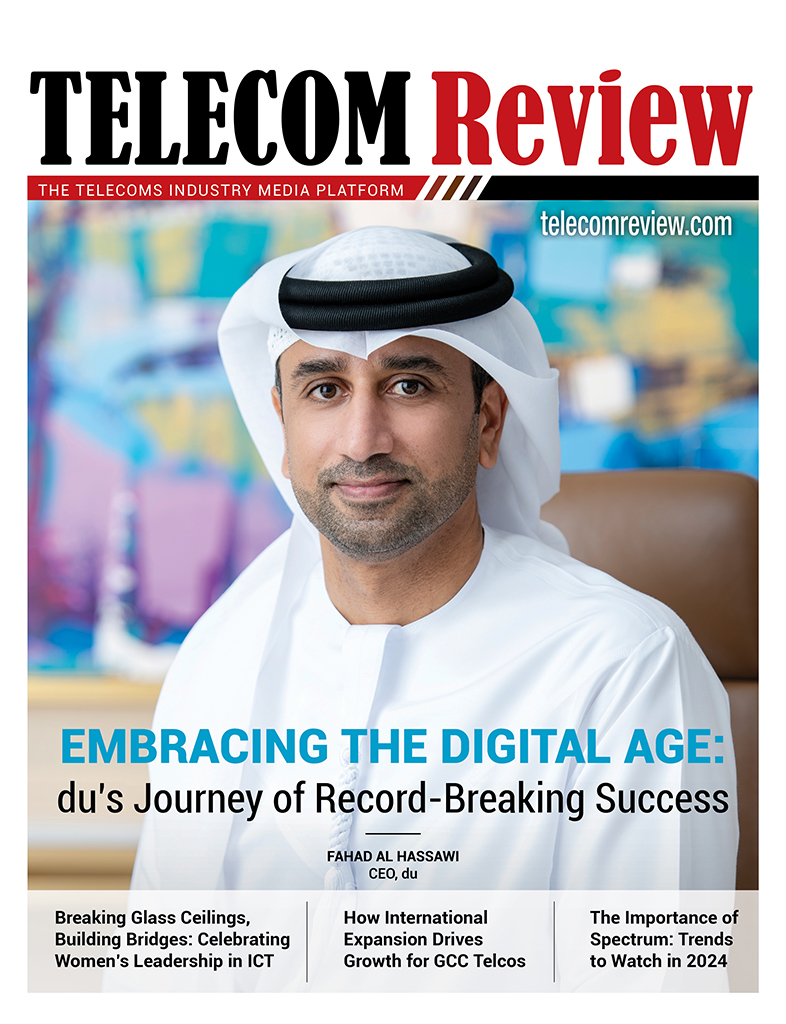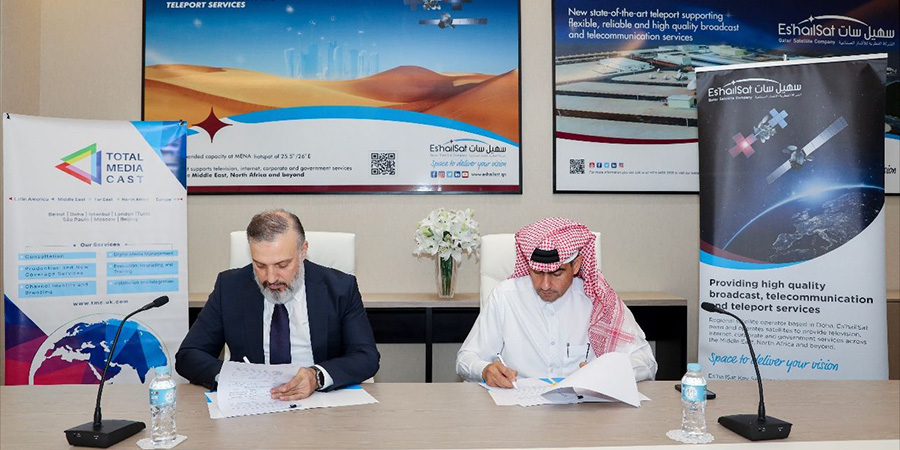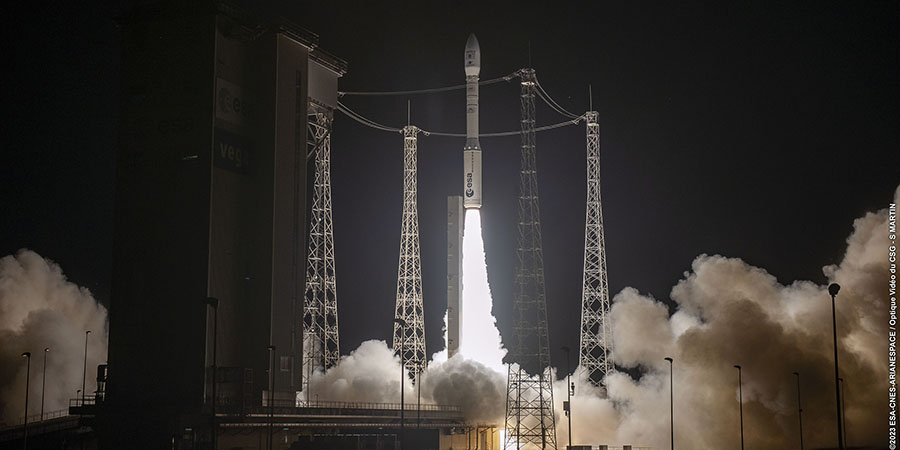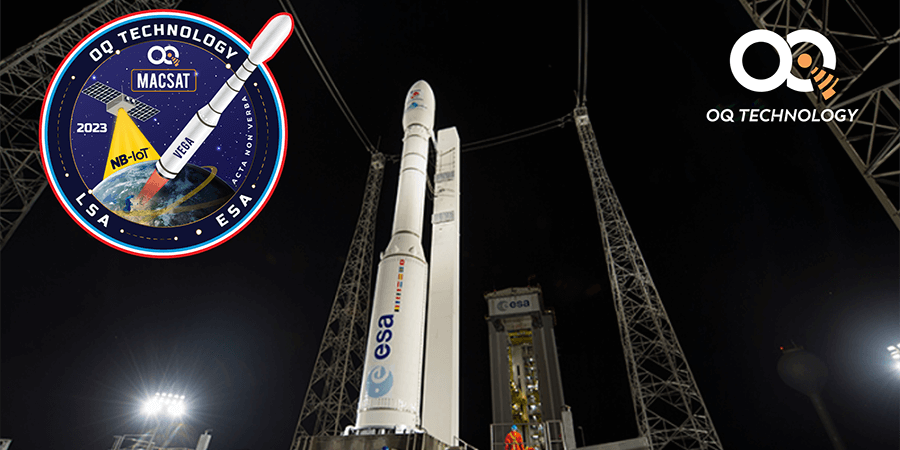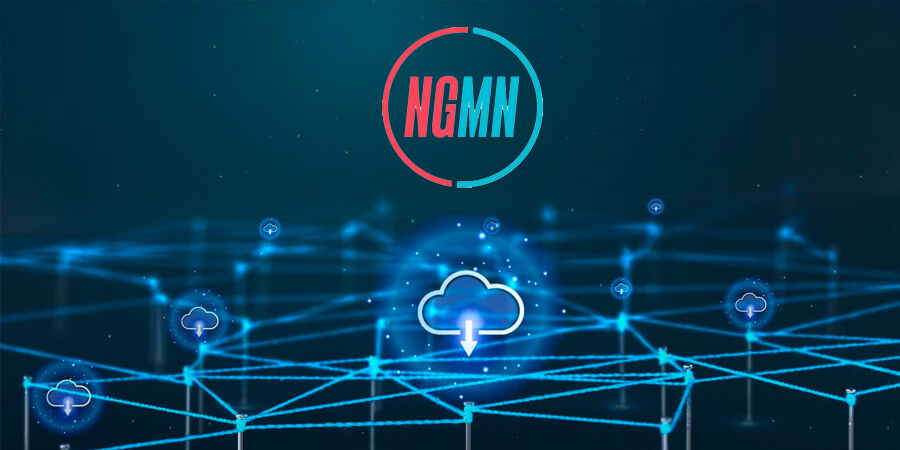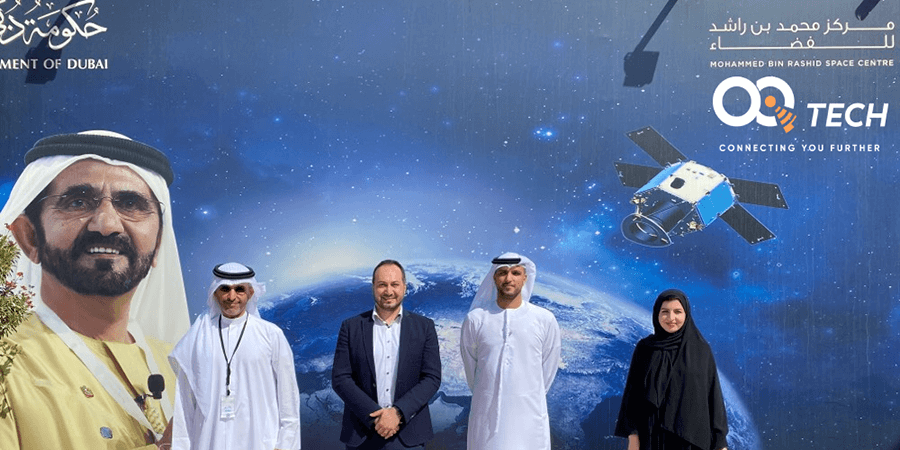Capacity and the traffic of voice and data are always focusing on volume - millions of minutes and lots of TB - while the most important thing is the quality of voice and data in order to avoid latency and queuing and calls drop or bad voice quality.
The network's performance will drive good quality for poor traffics as many criteria are involved such as CPU, memory, buffering, speed, distance and pipe sizes.
Insufficient CPU can increase latency since the data must wait to be processed when there is no hardware switching without the main CPU.
Memory plays an important role in providing good network quality and is another resource that has data plane and control plane requirements. Memory is required for information such as routing tables, ARP tables and other data structures.
The pipe sizes depend on the amount of data that can be sent simultaneously on anyone's connection. Data doesn't really travel at different speeds from one device to another.
Queuing and latency also affect performance. If the queue is large, then the data waits longer. When queues are small, data is dropped. This is called tail drop and is acceptable for TCP applications. But the voice and video don't perform well with queue drop or even significant queue latency (longtime buffering due to bandwidth or pipe sizes).
Speed and distance are also a factor in network performance. Data networks have a consistent data forwarding speed based on the speed of light. This is approximately 100 miles per millisecond. Speed and distance can be a tremendous factor in application performance.



